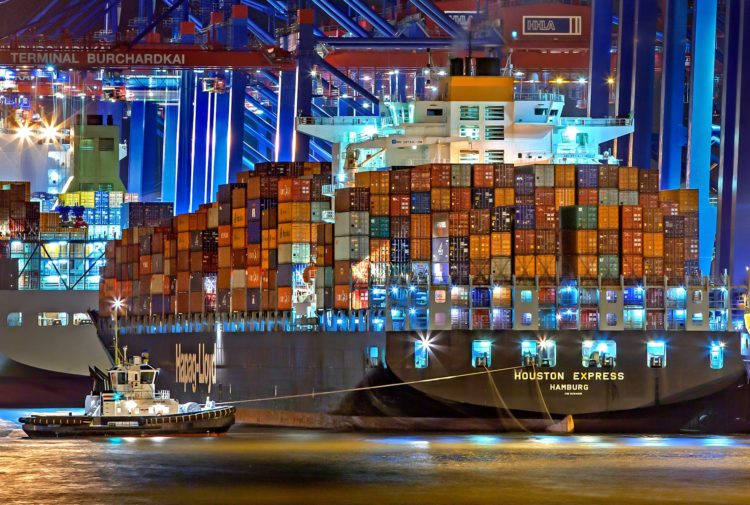The Container LogTech predictions report for 2023:
- Inflation to lower consumer confidence even further
- A year of worker strikes gone, another to come
- New container ships in 2023-2024
- Equipment surplus to cause ripple effects in Q1
- Congestion at depots to stay throughout Q1
- Container storage fees and other fines to rise
- Plummeting freight rates will rise but not soon
- Market volatility to cause a price war
- Contract rates to remain low, pulled down by spot rates
- Trucking rates to suffer
- Air freight market to decline
- Carriers to cut capacity, bring back balance

“The overall outlook for the year 2023 for the supply chain industry remains challenging. Europe is hit hard with all-time high inflation; China struggles to cope with the virus and the US continues to witness hinterland transportation challenges and labour unrest,” said Christian Roeloffs, cofounder and CEO, Container xChange.
He conceded that most of these challenges will stay in 2023 but believed that any consumer confidence pick-up will depend on whether we witness more disruptions in the coming times.
Inflation and recession worries
Most of the experts surveyed foresee that inflation and recession will have a greater impact this year and will be the biggest driver of disruptions.

“Due to inflation increasing, there’ll be more unrest in the labour market which will certainly lead to more strikes, specifically in Europe, the UK and North America. And as we have seen before, strikes result in slow operations within the port which can exacerbate supply issues,” said Aamir S. Mir, chief operating officer of the Caspian Container Company SA.
Rate hikes
Talking of rates, the report further predicts that the long-term shipping contract rates will see an uptick in 2023, though gradually. This slow increase applies to all modes of transport. With negotiations going on to bring contract rates in line with spot rates, a reset is expected.
On the other hand, until there is a balance reached between supply and demand, forwarders will favour short-term contracts until the rates stabilize. The report posited that freight forwarders will employ a ‘wait and see’ approach before making any long-term air cargo capacity commitments particularly.
Trucking rates for both dry and reefer cargo will continue to drop in 2023. Freight tonnage will continue to contract as market conditions and volumes return to pre-pandemic numbers.
The unresolved worker strikes continue
Furthermore, the chances of new strikes coming up are high due to inflation-related rises in prices putting pressure on workers’ disposable incomes. Labour dissatisfaction might grow in European and North American economies. In that case, it will cause disruptions in global supply chains.

“Two, almost three exceptional years for carriers are definitely coming to an end. They will have to adapt back to lower margins due to a different supply and demand balance,” said Ruben Huber, Founder and Director, OceanX Network.
He added that many customers, forced into high-cost contracts during the up-cycle, will come for revenge in the downcycle. He also believed that following excessive profits, regulators such as the FMC, EU or China’s MOC will be reviewing alliance exemptions, new taxation regulations, or precedence cases from several complaints raised by shippers at different institutions.
Other predictions for 2023
The report further covers the growing expectation of 3PL (third-party logistics) market to solidify in 2023. Reportedly, it’s projected to reach US$1,789.74 billion by 2027.
Another key trend on the list is the digital transformation of the industry. In the years to come, the adoption of digital technologies in shipping will focus on vessel schedules, intuitive booking interfaces, instant slot booking, and capacity confirmations. Here, the industry’s primary concern will be on having systems interact directly via automating the Data-Analysis-Decision-Action cycle.





